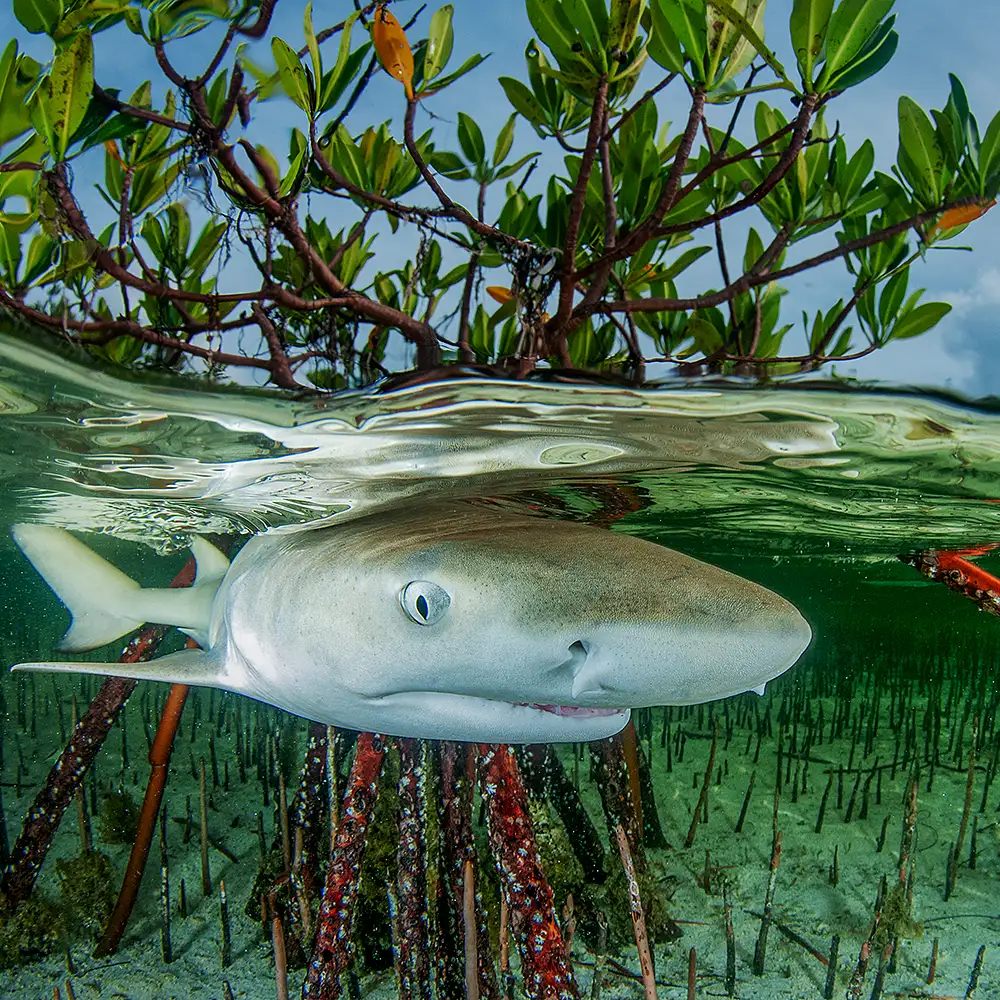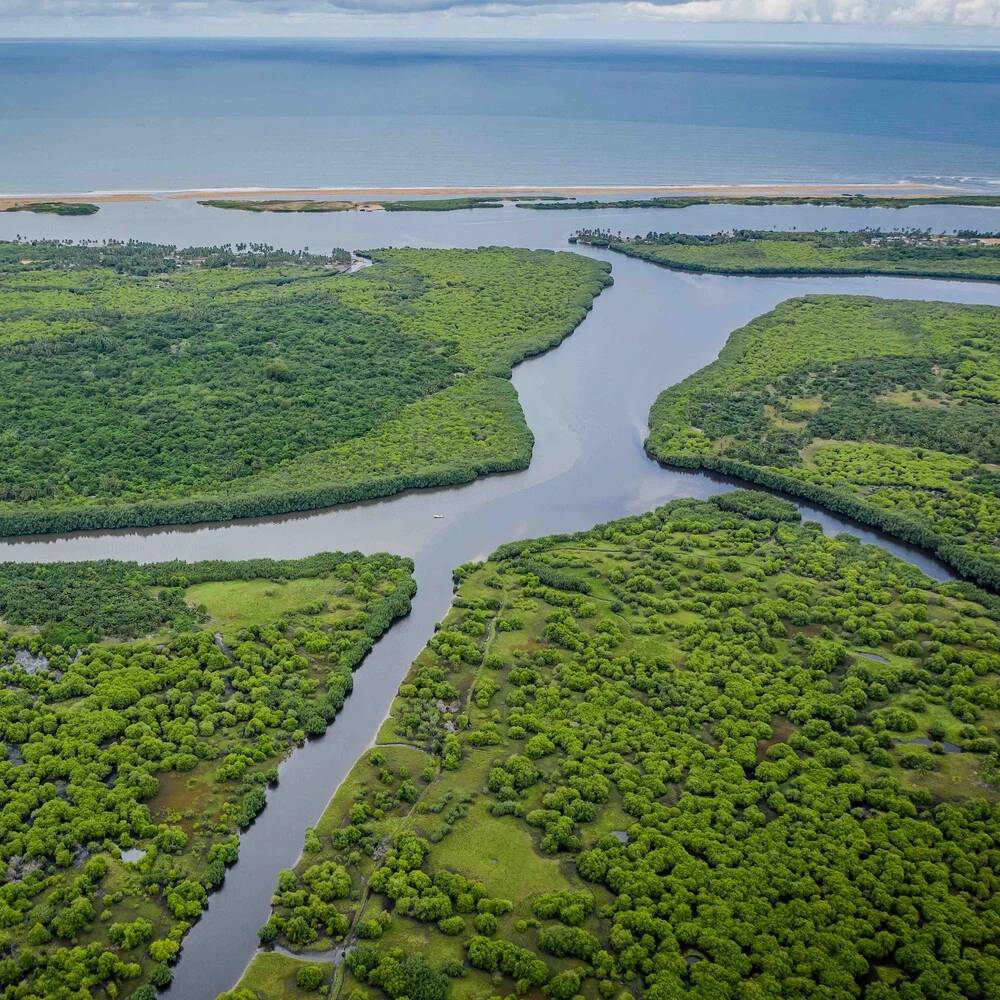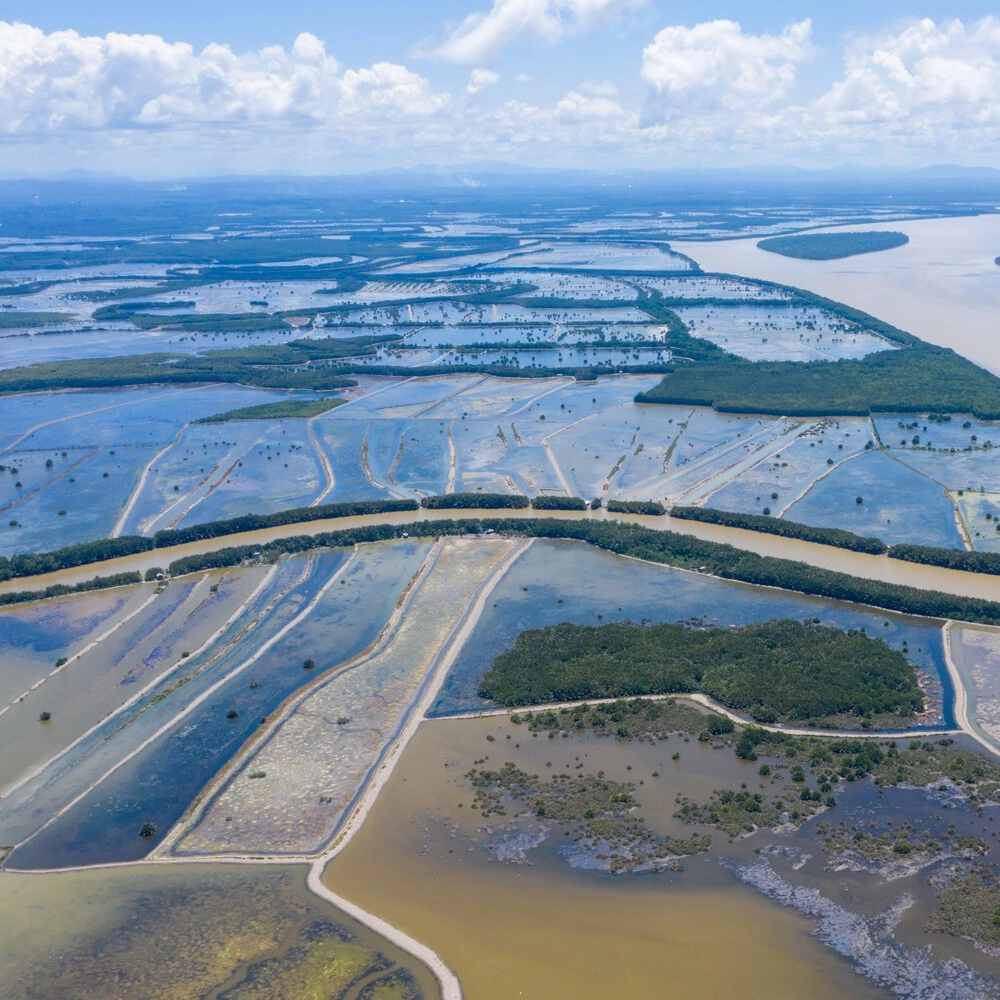Our Ongoing BNCFF and BCAF Supported Projects
Filter
Thank you! Your submission has been received!
Oops! Something went wrong while submitting the form.

Tañon Strait Protected Seascape, Philippines
Exploring blue carbon in Tañon Strait Protected Seascape for mangrove conservation projects
Asia
BCAF
Carbon Sequestration (Blue Carbon)
Mangrove Conservation and/or Restoration
Pollution Prevention/Recycling
Sustainable Tourism

Raja Ampat, Indonesia
Financing mangrove and seagrass protection for marine ecosystems on Misool Island, Indonesia
Oceania
BCAF
Carbon Sequestration (Blue Carbon)
Mangrove Conservation and/or Restoration
Marine Protected Areas
Seagrass Conservation and/or Restoration

Southeast Sulawesi, Indonesia
Community-based mangrove restoration as a model for carbon projects in Southeast Sulawesi, Indonesia
Asia
BCAF
Carbon Sequestration (Blue Carbon)
Mangrove Conservation and/or Restoration

Rajang-Belawai delta, Malaysia
Safeguarding Rajang-Belawai Delta: conservation efforts for Southeast Asia’s vital mangroves
Asia
BCAF
Carbon Sequestration (Blue Carbon)
Mangrove Conservation and/or Restoration

Banggai Province, Indonesia
Enhanced financing strategies for Banggai Dalaka MPA network in Central Sulawesi, Indonesia
Oceania
BNCFF
Marine Protected Areas

Manglares de Tumbes, Peru
Ensuring long-term financial sustainability and ecological resilience of Peru’s largest mangrove sanctuary
America
BNCFF
Marine Protected Areas

Yawri Bay, Sierra Leone
Youth-led community mangrove restoration to boost ecosystem health in Yawri Bay, Sierra Leone
Africa
BNCFF
Marine Protected Areas

Palk Bay Dugong Conservation Reserve, India
Empowering conservation through sustainable financing in India’s Palk Bay Dugong Reserve
Asia
BNCFF
Marine Protected Areas

Abrolhos, Brazil
Sustainable tourism drives conservation and economic growth for communities in protected areas
America
BNCFF
Marine Protected Areas

Nusa Penida Marine Protected Area, Indonesia
Unlocking sustainable marine tourism with Green Fins for conservation in Nusa Penida MPA, Indonesia
Oceania
BNCFF
Marine Protected Areas

New Ireland Province, Papua New Guinea
Community-led mangrove surveillance and protection efforts in New Ireland, Papua New Guinea
Oceania
BCAF
Carbon Sequestration (Blue Carbon)
Mangrove Conservation and/or Restoration

Sesayap River delta in North Kalimantan, Indonesian Borneo
Advancing sustainable seafood through mangrove restoration in Sesayap River delta, Indonesian Borneo
Asia
BCAF
Carbon Sequestration (Blue Carbon)
Mangrove Conservation and/or Restoration
Sustainable Aquaculture

Central Java and West Nusa Tenggara, Indonesia
Mangrove and seagrass restoration in Central Java and West Nusa Tenggara, Indonesia for climate resilience
Oceania
BCAF
Carbon Sequestration (Blue Carbon)
Mangrove Conservation and/or Restoration

Lahewa Marine Protected Area, Indonesia
Mixed-management MPAs: a path to restoring and protecting coastal ecosystems in Lahewa, Indonesia
Oceania
BCAF
Carbon Sequestration (Blue Carbon)
Mangrove Conservation and/or Restoration

Airai State, Palau
Nature-based wastewater management system in Airai State, Palau, to protect coastal ecosystems and communities
Oceania
BNCFF
NbS and Gray Infrastructure
Pollution Prevention/Recycling

San Andrés Island, Colombia
Restoring coral reef barriers with hybrid green-grey reefs to protect San Andrés Island, Colombia
America
BNCFF
NbS and Gray Infrastructure
Pollution Prevention/Recycling

Gulf of Guayaquil, Ecuador
Developing and restoring 50 hectares of mangrove habitats in the Gulf of Guayaquil, Ecuador, using dredged sediments
America
BNCFF
Mangrove Conservation and/or Restoration
NbS and Gray Infrastructure

Conservation Area of Bouche du Roy, Benin
Mangrove restoration at Bouche du Roy, Benin, to enhance local livelihoods and support conservation
Africa
BCAF
Carbon Sequestration (Blue Carbon)
Mangrove Conservation and/or Restoration

North Kalimantan, Indonesia
Sustainable shrimp farming initiatives for ecological and economic gains in North Kalimantan
Asia
BNCFF
Mangrove Conservation and/or Restoration

National Sanctuary Manglares de Tumbes, Peru
Strengthening resilience in National Sanctuary Manglares de Tumbes, Peru’s largest mangrove forest
America
BCAF
Carbon Sequestration (Blue Carbon)
Mangrove Conservation and/or Restoration

North-western coast, Madagascar
Safeguarding biodiversity and enhancing livelihoods along Madagascar’s north-western coastal region
Africa
BCAF
Carbon Sequestration (Blue Carbon)
Mangrove Conservation and/or Restoration

Visayas and Palawan, Philippines
Restoring 1,700 hectares of mangroves to enhance disaster resilience in the Visayas and Palawan, Philippines
Asia
BCAF
Carbon Sequestration (Blue Carbon)
Mangrove Conservation and/or Restoration

Zanzibar, United Republic of Tanzania
Unlocking Blue Carbon Potential Through Mangrove Restoration in Zanzibar, Tanzania
Africa
BNCFF
Carbon Sequestration (Blue Carbon)
Mangrove Conservation and/or Restoration

Kwale County, Kenya
Protecting Seagrass for Blue Carbon in Kwale County, Kenya – Wildlife Conservation Society
Africa
BNCFF
Carbon Sequestration (Blue Carbon)
Seagrass Conservation and/or Restoration

Kubu Raya District, West Kalimantan, Indonesia
Protecting Mangroves for Blue Carbon in Kubu Raya, West Kalimantan, Indonesia
Asia
BNCFF
Carbon Sequestration (Blue Carbon)
Mangrove Conservation and/or Restoration

Oriental Mindoro, Philippines
Enhancing marine protected areas in Oriental Mindoro, Philippines: A sustainable tourism initiative
Asia
BNCFF
Marine Protected Areas

Turneffe Atoll, Belize
Enhancing marine conservation and sustainable tourism at Turneffe Atoll Marine Reserve, Belize
America
BNCFF
Marine Protected Areas
Sustainable Tourism

Danajon Bank Reef System Northern Iloilo, Philippines
Net-Works: Empowering coastal communities in the Philippines through sustainable practices
Asia
BNCFF
Marine Protected Areas
Sustainable Aquaculture



